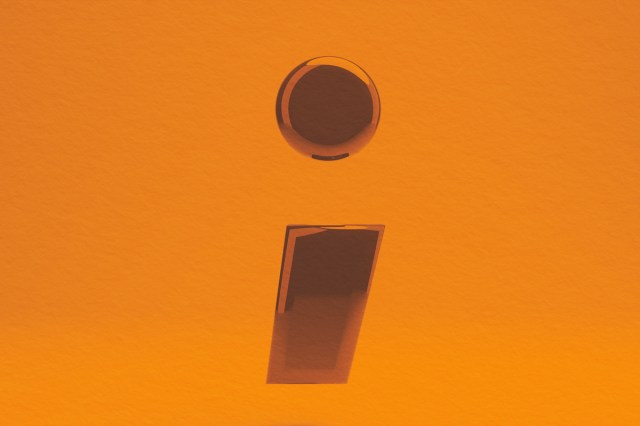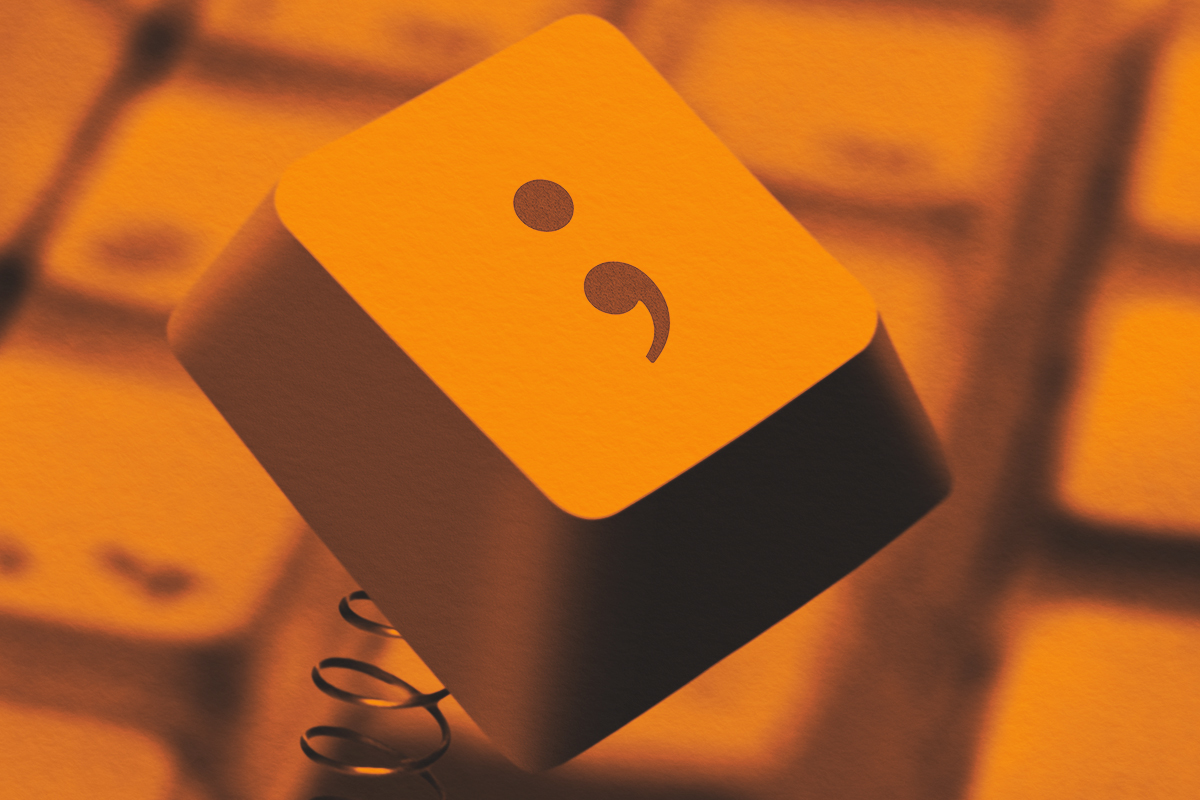
The semicolon has been around for more than 500 years, ever since Venetian printer Aldus Manutius first used it in the 1490s to add clarity to a sentence of complicated clauses. But now the punctuation mark is endangered. A 2025 survey by Babbel found a notable drop in its appearance in written communication, showing the semicolon falling out of fashion.
The semicolon’s job is to provide clarity when joining two complete clauses into one fluid thought. To the ear, it brings a pause stronger than a comma but not as strong as a period. So, why has it fallen out of fashion? Perhaps partly because writing style has shifted toward shorter sentences. Instead of joining two related independent clauses, we’re now more likely to break them into shorter sentences or insert an em dash.
For example, where we once would have written: He was late; she had already left.
We now write: He was late. She had already left.
There’s nothing wrong with that change, but it reflects a broader move toward efficiency and simplicity in modern writing.
Perhaps it’s not only that people don’t like the semicolon, but also that they don’t know how to use it. Babbel found that many of those surveyed did not know how to use semicolons appropriately; maybe you want to quiz yourself, too.
The semicolon would not be the first punctuation mark to go extinct. The interrobang (‽) — a hybrid question mark/exclamation point invented in 1962 — never quite caught on and now exists mostly as a novelty. But for the time being, the semicolon continues to hold its place in formal writing and academic prose, as well as in poetry and literary fiction. And there’s still one place where the semicolon proves essential: separating items in a complex list.
We visited Bologna, Italy; Nice, France; and Madrid, Spain.
Try writing that sentence with only commas, and you’ll get lost somewhere in southern Europe.
😉




















